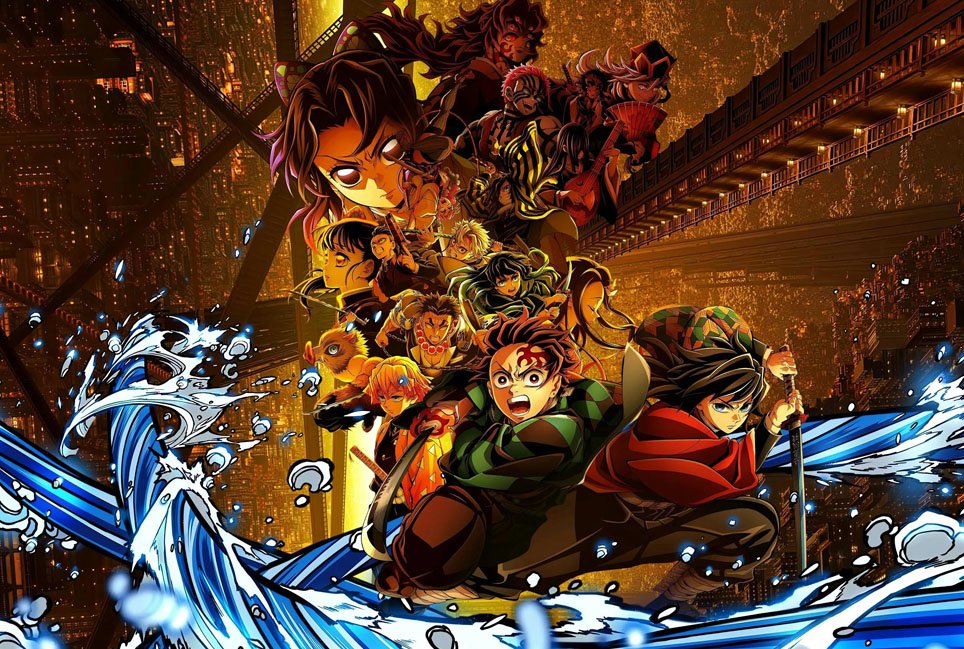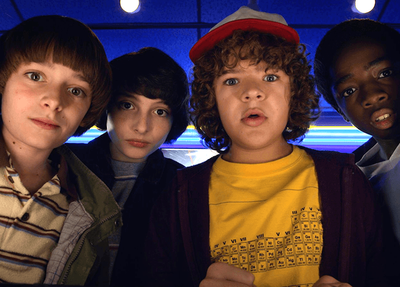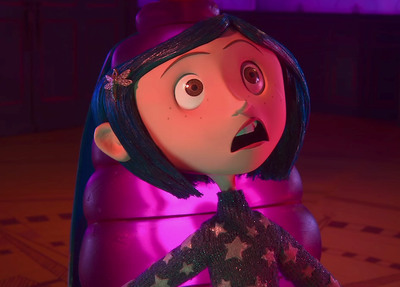
Can my child watch Demon Slayer: Kimetsu no Yaiba - Infinity Castle
Jess on Oct. 2, 2025
Demon Slayer: Kimetsu no Yaiba – Infinity Castle is one of the most anticipated anime films of the year. It’s a dramatic, action-heavy continuation of the Demon Slayer series, bringing fans into an intense showdown between the Demon Slayer Corps and their most dangerous enemies yet.
But the big question for parents is: is this film okay for your tamariki?
The movie is rated R13, which means it is restricted to people 13 years or older. This is because the film contains intense violence, depictions of suicide, cruelty, and scenes that may be disturbing for younger viewers. Many older tamariki may already be familiar with the series through the manga or anime, but this film ramps up the intensity and emotional stakes.
It’s visually stunning and moving, but it’s also much darker than many animated films. Here’s what you need to know before deciding if it’s the right watch for your whānau.
What’s it about?
The Demon Slayer Corps faces a series of formidable demons in their quest to defeat Muzan, the Demon King. With supernatural abilities, swords, and unrelenting battles, the story mixes fantasy, suspense, and heroism. While the demons endure and inflict grotesque injuries, the film also explores themes of sacrifice, loss, and the cruelty some characters have experienced in the past.
Key content themes
Here’s what parents need to know:
Suicide and references to death
There are depictions of suicide, including seppuku (ritual suicide) and references to characters who have taken their own lives. Some scenes show bodies in distressing positions, though heads or full bodies may not always be visible.
Bloody violence
The film is filled with long, supernatural fight scenes. Blood is frequent, with injuries ranging from stabbings to decapitations. Most injuries happen to demons, who often regenerate quickly, but some attacks are intense and visually striking. Scenes can be chaotic, with snapping limbs, punches through chests, and multiple attacks happening rapidly.
Cruelty
Characters’ backstories often involve physical or emotional cruelty, such as abuse, harassment, or punishment. Flashbacks depict violence and suffering that shaped the characters’ lives.
Content that may disturb
Large, aggressive demons and humanoid monsters with grotesque features. Disturbing acts by demons, such as eating victims or absorbing them through fleshy masses.
Things to consider
- Age matters: If your child is under 13, this movie is legally restricted to those aged 13 and over – even if they have read the manga or watched the series.
- Intensity: Even for viewers over 13, this film is rated higher than some other Demon Slayer titles. The depictions of suicide, extreme violence, and disturbing content may be particularly impactful.
- Handling scary or emotional content: The film contains frightening images, gruesome supernatural battles, and moments of grief, trauma, and cruelty. Consider whether your child is ready for this level of intensity.
- Manga familiarity isn’t enough: Familiarity with the story may help, but it doesn’t remove the impact of seeing these events on screen, even if they are animated.
Talking about the movie afterwards
Helping children process what they saw can turn a challenging film into a learning opportunity:
- Which character did you admire, and why?
- Were there any parts that scared or unsettled you?
- How did the characters support each other during tough times?
- Did anything remind you of real-life situations?
These conversations can help your tamariki understand the story, connect it to their experiences, and manage their emotions.
Final thoughts
Demon Slayer: Infinity Castle is a thrilling continuation of the anime series, full of epic battles, supernatural villains, and emotional stakes. It is designed for older children or teens who can handle bloody violence, dark themes, and moments that may disturb.
If your tamariki are comfortable with intense action and fantasy horror, it could be a gripping watch, but younger or sensitive children may find it overwhelming. Watching together and having open discussions afterwards is the best way to ensure the experience is safe and supportive.
What we classify
If you are interested in what and how we classify films, series and other content that you see on your screens check out these webpages for more information.
And if you have any queries about something specific you have seen or are wanting to see, get in touch with us via email at info@classificationoffice.govt.nz
Subscribe to our blog
Stay up to date with the Classification Office blog.


